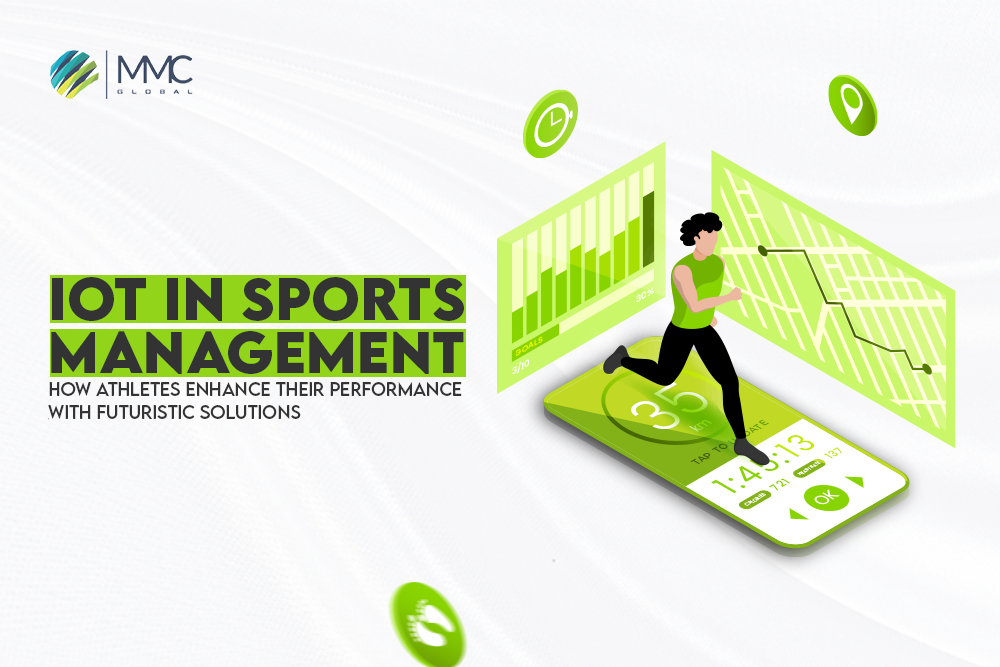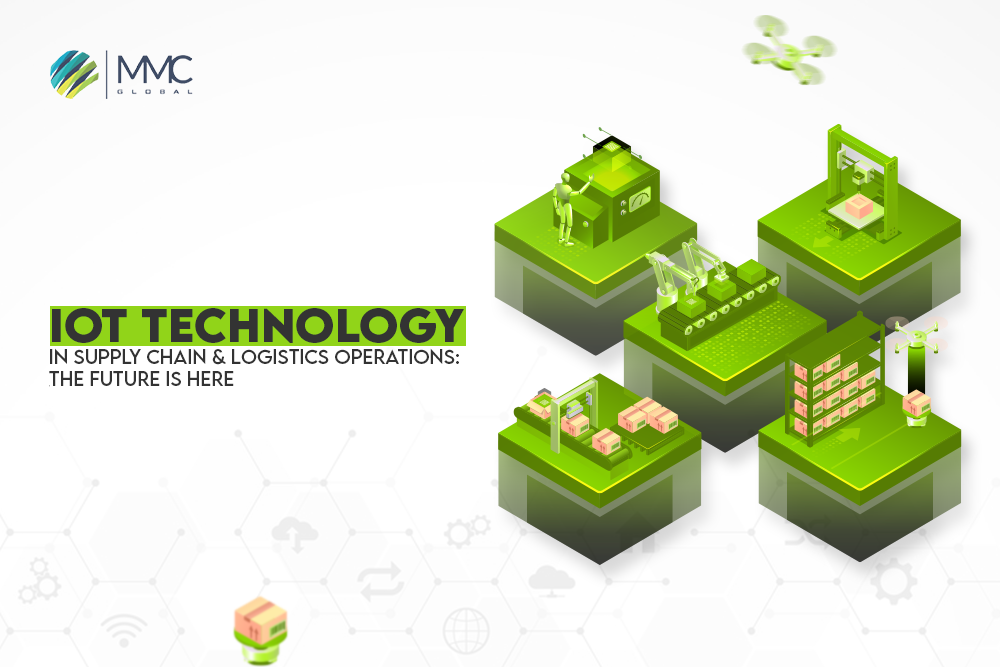What is IoT Security? 6 IoT Security Issues and Challenges
The internet is one of the necessities of our lives. The need for the internet is increasing every day, whether used for shopping or booking a cab anywhere. In fact, ease is integrated with the internet. In this situation, we are transforming new technologies connected to the internet, the “Internet of Things” (IoT). Mind it, IoT security matters a lot in IoT development services. In fact, Annual spending on IoT security measures will increase to $631 million in 2021.
IoT is one of the fastest-growing technologies. People still face various IoT security issues as it is not a mature technology.
You may hear it but feel amazed when you learn about your frequent use of IoT in multiple gadgets. The rise of sensor-based interaction is one of the basic examples of IoT in which the devices are connected to the internet and viable with numerous features. Let’s discuss the details of IoT security and challenges.
What is the Internet of Things (IoT)?
I want to clarify the concept of IoT. IoT technology is all devices or software connected to the internet. IoT technology is based on small computing chips that can run large to small devices. It allows devices to communicate with software to act without human intervention.
The computing chips worked as a sensor that is only needed to follow the command with just one click or sometimes no click. For example, a pulse tracker device helps to count your heartbeat or notify you when it increases or decreases. These devices allow users to get real-time data, which is the major function of IoT technology.
Moreover, IoT is also facing critics when it comes to providing security. It is the biggest challenge to IoT as it gives poor protection. As this technology is still not mature that anyone can rely on, the process is going on to make the use worth it.
What is IoT Security?
The security that is embedded in IoT devices to prevent vulnerabilities and hacker attacks is IoT security. IoT is totally based on sensors and small chipped devices. These sensors frequently gather incredibly private information, such as what you say and what you need in your home. One of the main IoT technology issues is IoT security.
Consumer confidentiality and trust depend on keeping things safe, yet the IoT has a bad track record regarding security. The fundamentals of security, such as encrypting data in transit and at rest, are not sufficiently considered by too many IoT devices.
Hackers do not need to put much effort into hacking IoT devices. In a very short time, they can access the device and create vulnerabilities by controlling devices for the wrong use. IoT devices are typically attacked within five minutes of connecting to the internet.
(NETSCOUT Threat Intelligence Report)
IoT is fantastic in a lot of ways. But sadly, technology is still in its infancy and not completely secure. There are still several security concerns facing the IoT ecosystem as a whole, from manufacturers to consumers, including:
- standards for manufacturing
- new management
- physical sturdiness
- knowledge and awareness of users
6 IoT Security Challenges and Risks
IoT security issues are the biggest challenge worldwide, but understanding what hijackers can do with your devices is prevention before cure. Here are the 10 IoT security risks that you can face!
Easy to Hijack Devices
Ransomware, a virus that encrypts and restricts access to users’ critical information, can attack Internet of Things devices with lax organizational protection controls. The real difficulty starts when the malware-infected device’s hacker demands ransom money from the victim to access their files.
It sounds incredibly dystopian, but happily, it’s only sometimes a reality right now. It is a growing tendency in the world of underground hackers.
Wearable devices, health trackers, and smart home appliances might all be seriously jeopardized by this security vulnerability. Imagine a house that is completely locked down or a smart car that won’t start until the ransomware.
The Ransom attacks not only defuse your device control but also steal troublesome data. This specific IoT security vulnerability will be unexpected in terms of potential permutations due to the rapid increase in the number of IoT devices throughout the world. The real kicker is that this virus might not have valuable data to freeze because most IoT data is kept in the cloud.
Legacy Software and Inappropriate Testings
Technology needs advancement, and if this requirement is not fulfilled, your software will be a big loss. Legacy software with an outdated codebase is a risk to IoT security. As soon as the technology gets outdated, it will lose its credibility.
It is a serious issue since customers frequently assume that manufacturers have taken all necessary precautions to prevent safety breaches and have a tendency to trust their judgment.
However, many manufacturers are rushing to design and distribute their devices without giving testing much care because of the Internet of Things market’s explosive expansion.
Sometimes shorter-term updates are the only ones available. They may give up on these upgrades to concentrate on the next generation of gadgets and persuade users to upgrade because hyperproduction of devices is also a reality.
Your IoT device may be vulnerable to several virus and hacker assaults as well as other security flaws as a result of having outdated software.
Home Security Invasion
A growing number of homes are incorporating Internet of Things devices, giving rise to the idea of “smart homes.” Home invasions or intrusions may be the most upsetting example of IoT security problems since they blur the boundaries between the digital and real worlds and put users at grave risk.
The possibility that dangerous gadgets with weak security techniques may broadcast IP addresses poses a serious threat to these smart things. Attackers may be able to find the device user’s address using so-called Shodan searches.
The potential for misuse is clear and may even reach the point where criminal circles learn the user’s address.
Botnet Hacker Attacks IoT Security
The technology has a dark side when it exposes software and databases to the wrong hands. Although the technology enables us to build a robot for the sake of rapid functioning, the hackers are using it for threatening, hacking, and sending malware in the software and its databases.
Malware on one IoT device alone does not really threaten anything; it takes many devices to compromise anything seriously. A hacker builds a bot army by infecting them with malware, then trains them to make lots of applications per second to the target in order to take it down.
Unfamiliar and suspicious bots can cause harm to any type of IoT device. IoT devices have the drawback of being extremely susceptible to malware assaults. They do not receive the standard computer software security upgrades. As a result, they become infected zombies very rapidly and are then utilized as weapons to send out astronomically large volumes of traffic.
Espionage & Eavesdropping
Using IoT devices in the industrial or organizational structure is one of the biggest threats. Hackers can capture personal gadgets within the organization, such as Cameras, voice recordings, and devices used in the organization.
A hacker could only wish to control and utilize a camera for espionage. Nevertheless, it is important to remember that many IoT gadgets collect user information, including wearables, smart toys, and medical equipment. On an industrial scale, hackers may gather huge amounts of data from a firm to reveal crucial corporate information.
Specific IoT devices with security issues are beginning to be banned in several jurisdictions. For instance, the dynamic IoT doll with a Bluetooth pin lets anybody within a 25- to 30-meter radius use the toy’s microphone and speaker. Germany outlawed the doll after classifying it as a spy gadget.
Severe IoT Security Risk In Healthcare Industry
Storing and recording data is the basic function of IoT devices that hackers threaten. Most of the Healthcare IoT devices sending patients data in real-time are not encrypted, allowing hackers to control the medical IoT devices. It is a severe challenge for the healthcare industry as the patient’s data is more critical, which leads to human life and death.
Hackers not only hijack for money, but they can send wrong signals to wearable devices that divert the track of their records. Moreover, data transmission is an ongoing process, but IoT security must be strong against ransomware attacks and other vulnerabilities.
Bottom Line
It’s estimated that the number of active IoT devices will surpass 25.4 billion in 2030. For the time being, IoT security will improve itself, but it seems like it has a long way to go. If it is done right, IOT can revamp technologies and cater to all the industries to leverage them. However, innumerable technologies make our life easy, such as AI, ML, blockchain, and much more. IoT is also a big player.
Let’s focus on more software securities as we do in every project. At MMC GBL, we are building fully encrypted software and safe from vulnerabilities. In fact, we have professionals and software quality assurance teams that provide satisfying services and offer 24/7 support and maintenance whenever needed.
We empower your business cycle with transformative solutions with real-time insights. With dynamic software solutions and automation, we can modify business operations and bring them towards success and growth.



